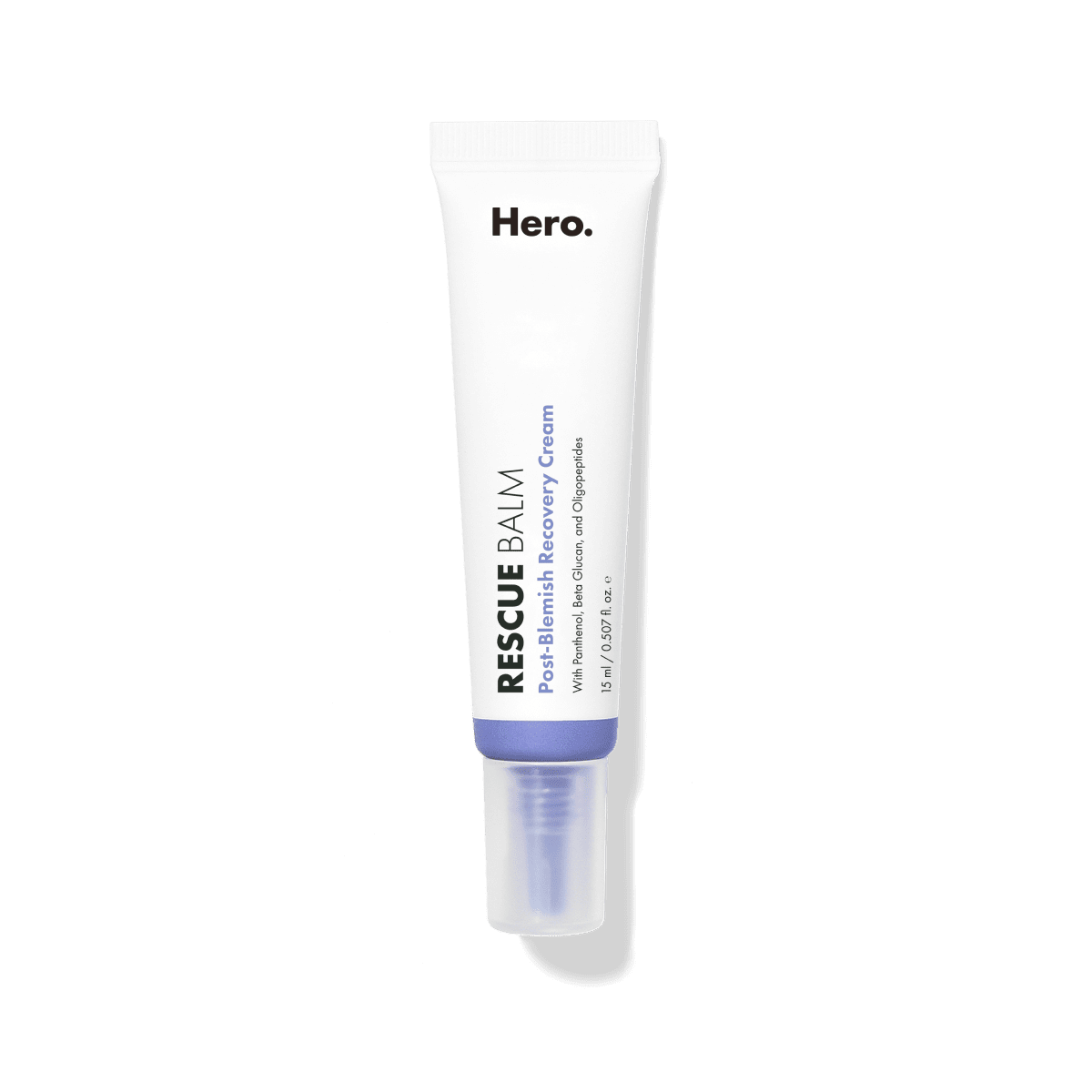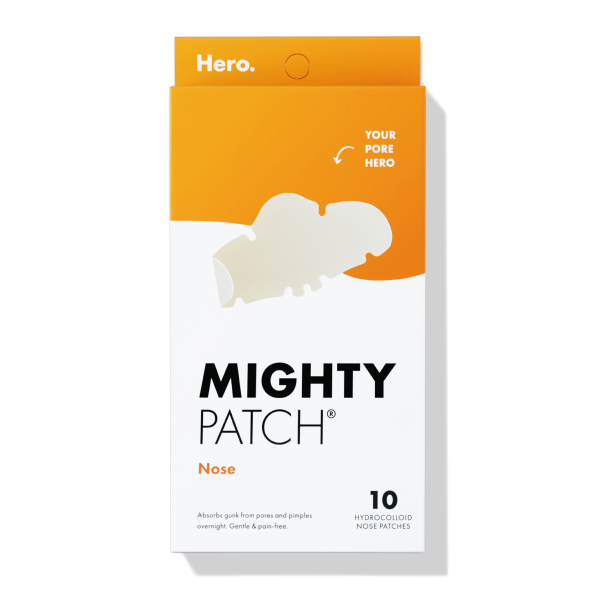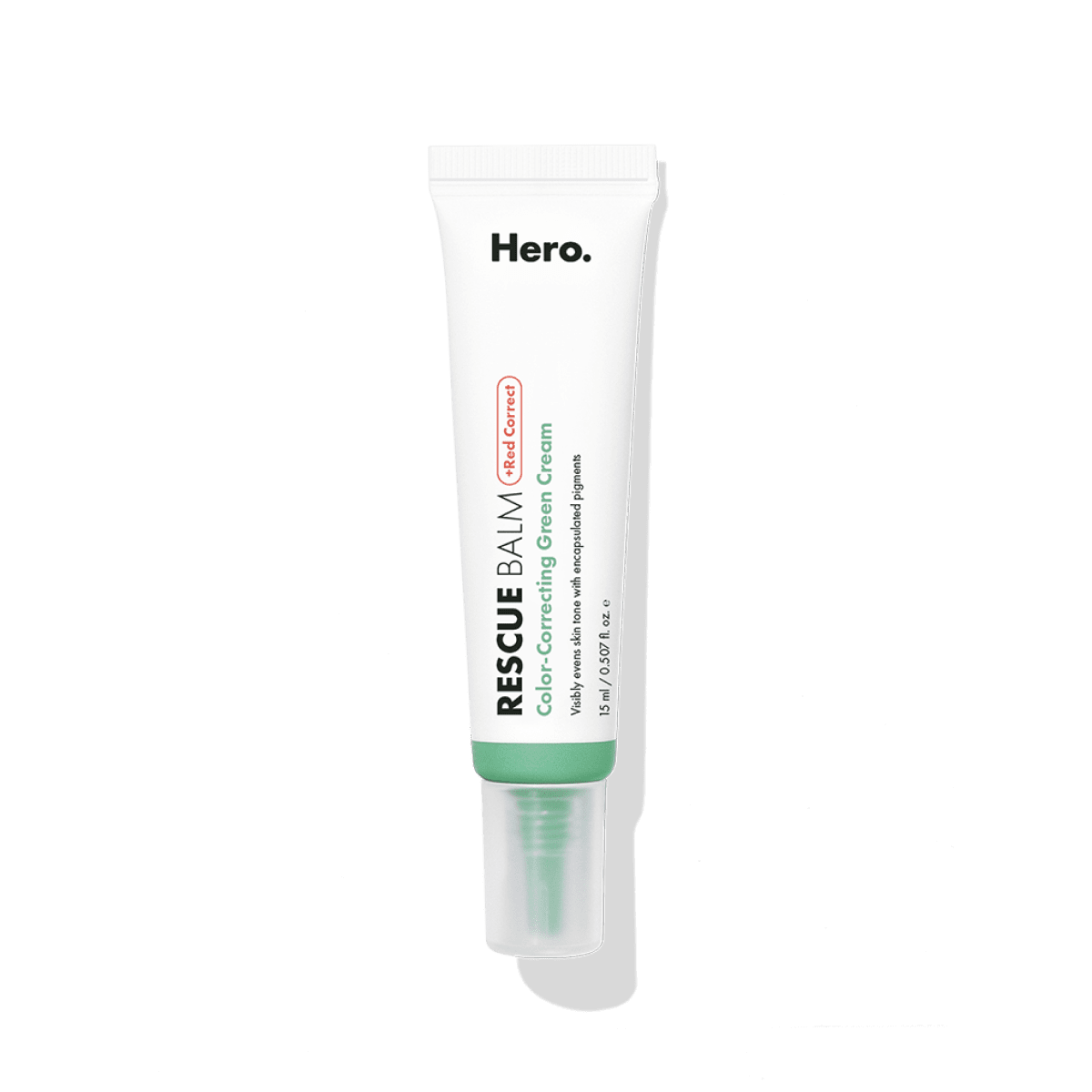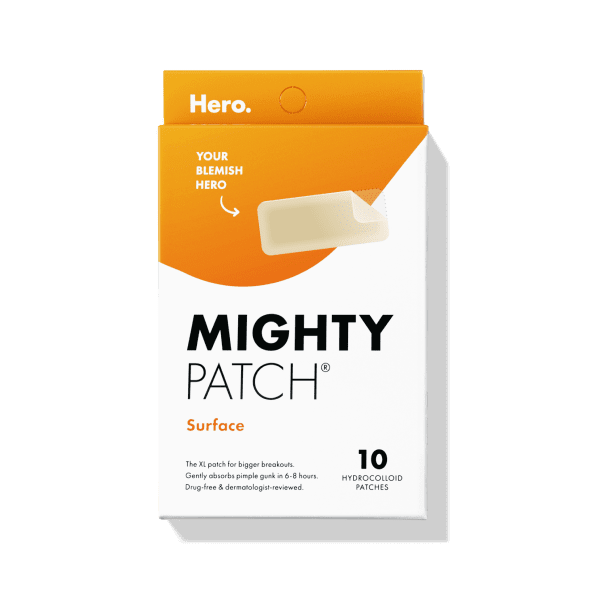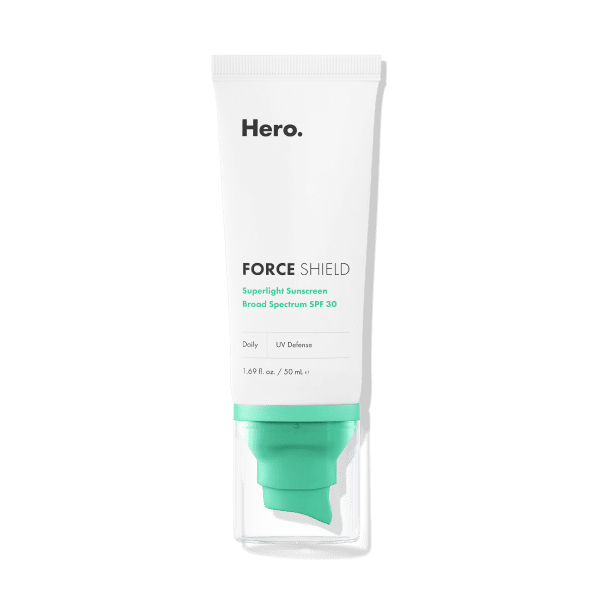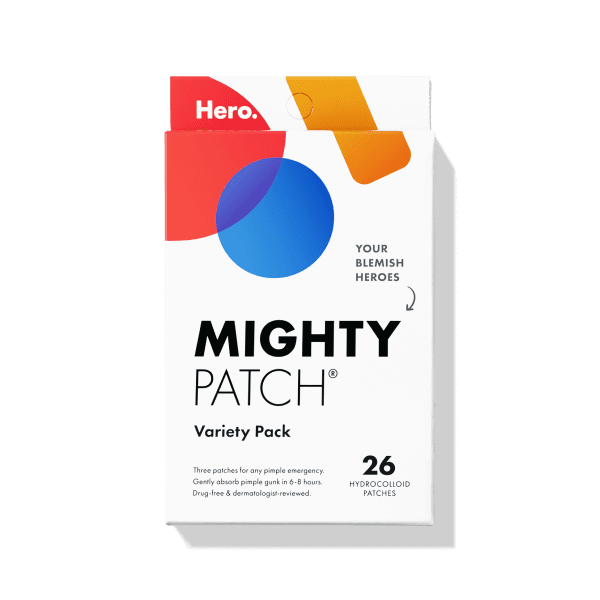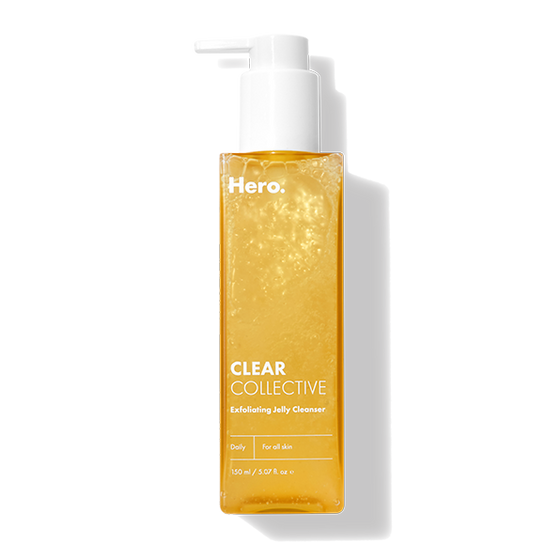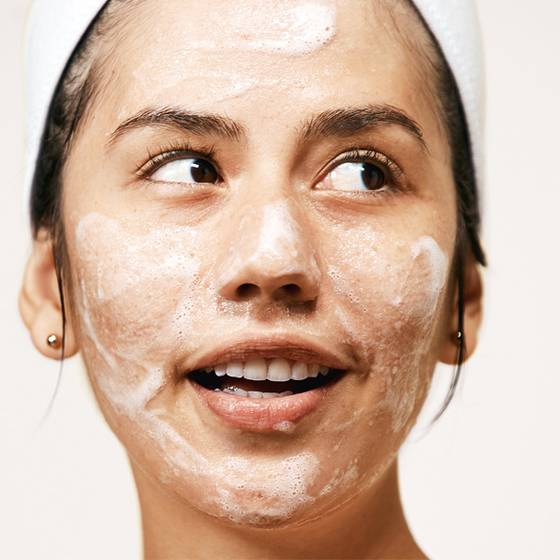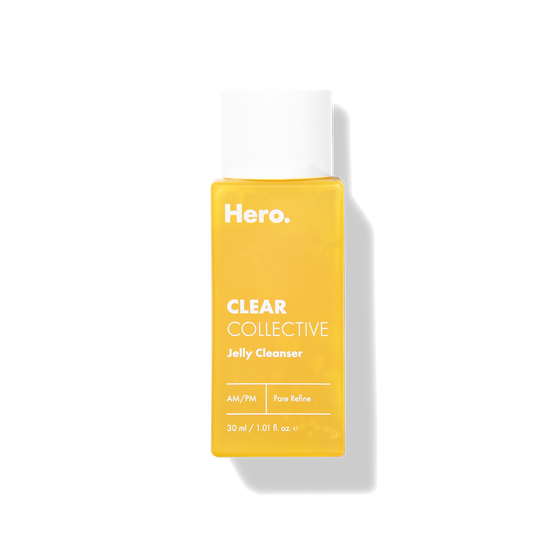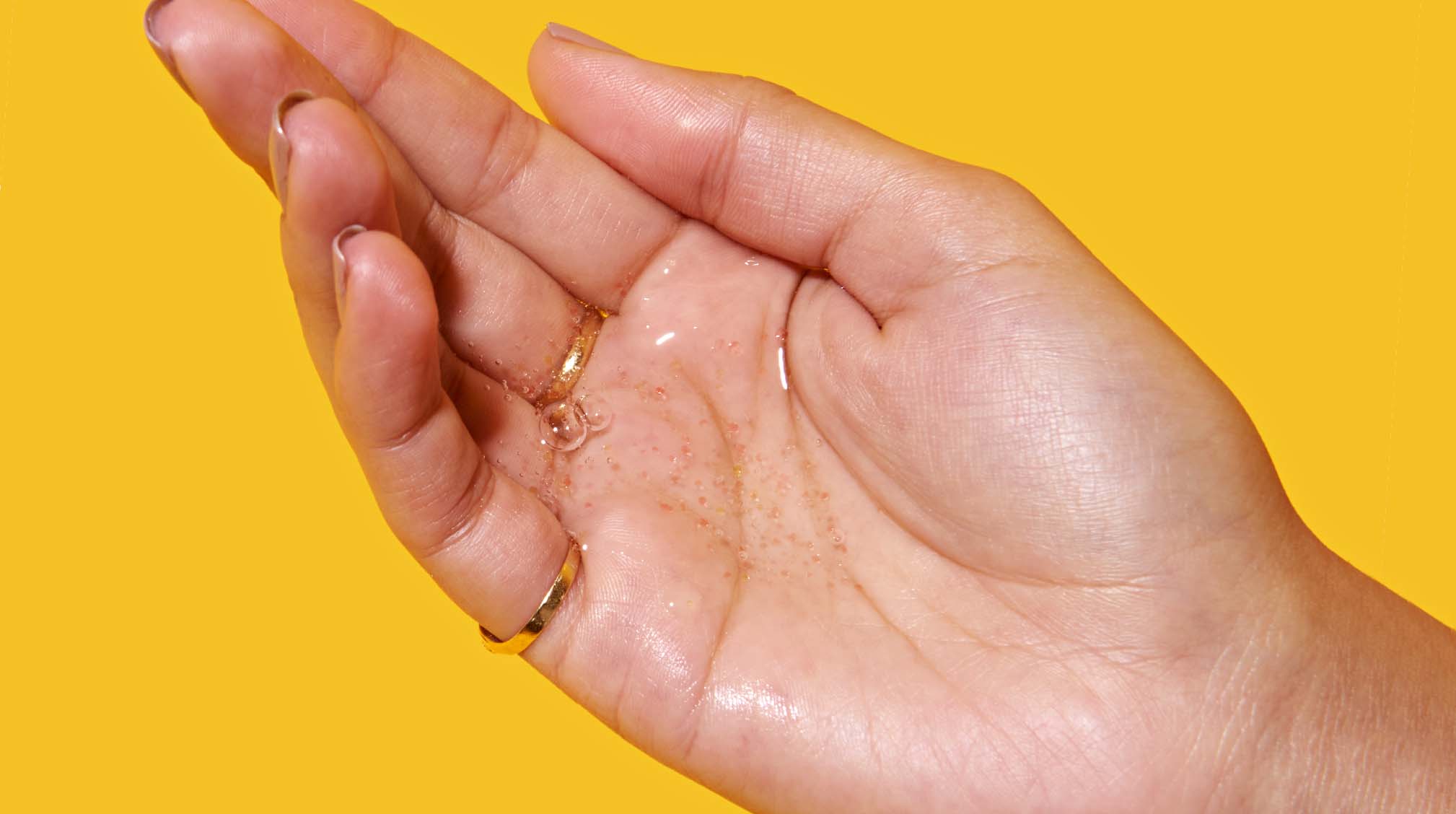
Want bright, glowy, silky skin? Yes, please! One of the key skincare steps to achieving your glowiest skin ever is exfoliation. Exfoliation removes dead skin cells and other impurities from your skin. Without exfoliation, dead skin cells are left to hang out and build up on the skin, causing clogged pores, leading to dull skin and breakouts. No fun.
Exfoliation also maximizes the effectiveness of all your other skincare products (Serums! Treatments! Moisturizers!) because, without all the dead skin in the way, they're able to penetrate deeper into the skin. In other words, you get more bang for your skincare bucks.
Now that we've sold you on the importance of exfoliation, here's another key thing you must know, there are actually two types of exfoliants on the market: physical vs. chemical exfoliants. Both exfoliants do essentially the same thing—remove dead skin cells—but they work differently. Keep reading to learn more about the two exfoliants and which option may be best for your skin. Glowy, super smooth skin coming right up. ✨
Physical vs. chemical exfoliants—What's the difference?
What are physical exfoliants?
Physical exfoliation involves physically and manually removing dead skin cells using a product like a face scrub that contains some type of small, rough particles. These granules are rubbed on the skin and buff away the layer of dead skin cells and other debris, revealing youthful, smooth skin. These days, there are so many different types of physical exfoliating agents. We're talking grains, ground-up nuts, coffee, jojoba beads, and pumice crystals.

Some commonly Googled questions about physical exfoliators are: what is a sugar scrub? And, are sugar scrubs bad for skin? In short, a sugar scrub is a type of physical exfoliation that uses sugar crystals. However, the sugar crystals in scrubs can often be too big and too harsh, which can cause micro-tears on the skin. Your best bet is to stick to exfoliating agents that are small and try out different products and grain textures to see what works well for your skin.
Pro tip: Some physical exfoliating scrubs on the market are not the best for the environment (we're looking at you, microbeads). Although microbeads, which are tiny plastic spheres designed to scrub the skin gently, are now widely banned, keep an eye out for products that feature Earth-friendly ingredients.
What's a chemical exfoliant?
Next up, what are chemical exfoliants, and how do chemical exfoliants work? Chemical exfoliants for the face slough off dead skin cells using chemicals that break the bonds between skin cells to loosen up the dead skin making it easy to wipe away. Don't let the word chemical deter you. Chemical exfoliants can actually be more gentle than physical exfoliation.

The best chemical exfoliants include enzymes (such as fruit enzymes), alpha hydroxy acids (AHAs) like lactic or glycolic acid, and beta hydroxy acids (BHAs) such as salicylic acid.
AHAs are suitable for dry skin, while BHAs are good for acne-prone and oily skin. They penetrate deeper into the pores and have anti-inflammatory and antibacterial properties delivering an overall deeper exfoliation.
Related Read: Acids 101: This is the Difference Between Lactic and Glycolic Acid
Should you use physical or chemical exfoliants?
It's up to you!
Choosing the right exfoliation type comes down to personal preference and what works well for your skin. Because physical and chemical exfoliation work in different ways, it's also safe to incorporate both into your skincare regime. However, most dermatologists recommend chemical exfoliation as it tends to be more gentle on the skin. Whatever exfoliation type you choose, here are some general exfoliation best practices to follow:
1. Don't over exfoliate
Too much of a good thing is possible with exfoliation. Yes, it can feel satisfying to remove all the gunk from your skin, but doing it too much can strip away your skin's protective barrier, which can lead to redness, inflammation, hyperpigmentation, dryness, or infection. Typically, for most people, exfoliating once or twice a week is ideal, but it really depends on your skin type and the type of product you're using.
2. Start slow
Whether you use physical or chemical exfoliants, it's best to start your exfoliation ritual slowly. Once your skin gets used to it, you can increase your frequency from there. But, if your skin begins to feel irritated or stripped at any point, slow it back down until you find a happy medium that your skin responds to well.
[[product-ad]]

